News
-
 Physics
PhysicsThe kilogram just got a revamp. A unit of time might be next
After years of preparation, new definitions for the basic units of mass, temperature and more have now gone into effect.
-
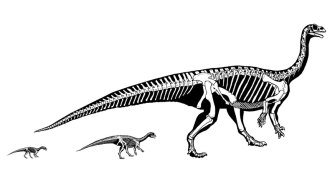 Paleontology
PaleontologyThis early sauropod went from walking on four legs to two as it grew
A new computer analysis shows how Mussaurus patagonicus' center of gravity changed as the dinosaur grew.
-
 Health & Medicine
Health & MedicineHow allergens in pollen help plants do more than make you sneeze
A plant’s view of what humans call allergens in pollen grains involves a lot of crucial biology. And sex.
By Susan Milius -
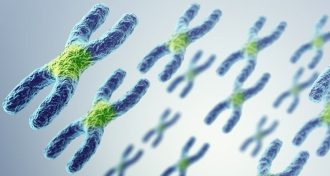 Genetics
GeneticsKey parts of a fruit fly’s genetic makeup have finally been decoded
Jumping genes may make it possible to divvy up chromosomes.
-
 Quantum Physics
Quantum PhysicsAn experiment hints at quantum entanglement inside protons
Particles inside protons seem to be linked on a scale smaller than a trillionth of a millimeter.
-
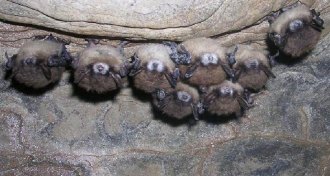 Animals
AnimalsVaccines may help bats fight white nose syndrome
Researchers are developing an oral vaccine that helps little brown bats survive the fungal disease white nose syndrome.
-
 Health & Medicine
Health & MedicineDoes eating ultraprocessed food affect weight gain? It’s complicated
Laying off ultraprocessed foods and switching to whole foods may help some people manage their weight, a small study finds.
-
 Life
LifeBloodthirsty bedbugs have feasted on prey for 100 million years
Research sheds light on the evolutionary history of the bloodsucking bedbugs. The first species evolved at least as early as the Cretaceous, scientists say.
-
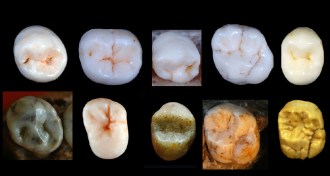 Anthropology
AnthropologyFossil teeth push the human-Neandertal split back to about 1 million years ago
A study of fossilized teeth shifts the age of the last common ancestor between Neandertals and humans.
By Bruce Bower -
 Planetary Science
Planetary ScienceChina’s lunar rover may have found minerals from the moon’s mantle
The Chang’e-4 mission spotted material on the lunar surface that appears to contain bits originating from the moon’s interior.
-
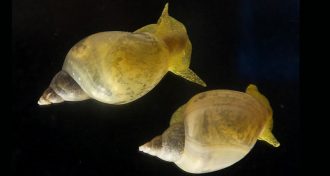 Genetics
GeneticsTweaking one gene with CRISPR switched the way a snail shell spirals
The first gene-edited snails confirm which gene is responsible for the direction of the shell’s spiral.
-
 Planetary Science
Planetary ScienceApollo-era moonquakes reveal that the moon may be tectonically active
Moonquakes recorded decades ago suggest the moon is tectonically active. Knowing more about that activity could help scientists identify where to land future spacecraft.